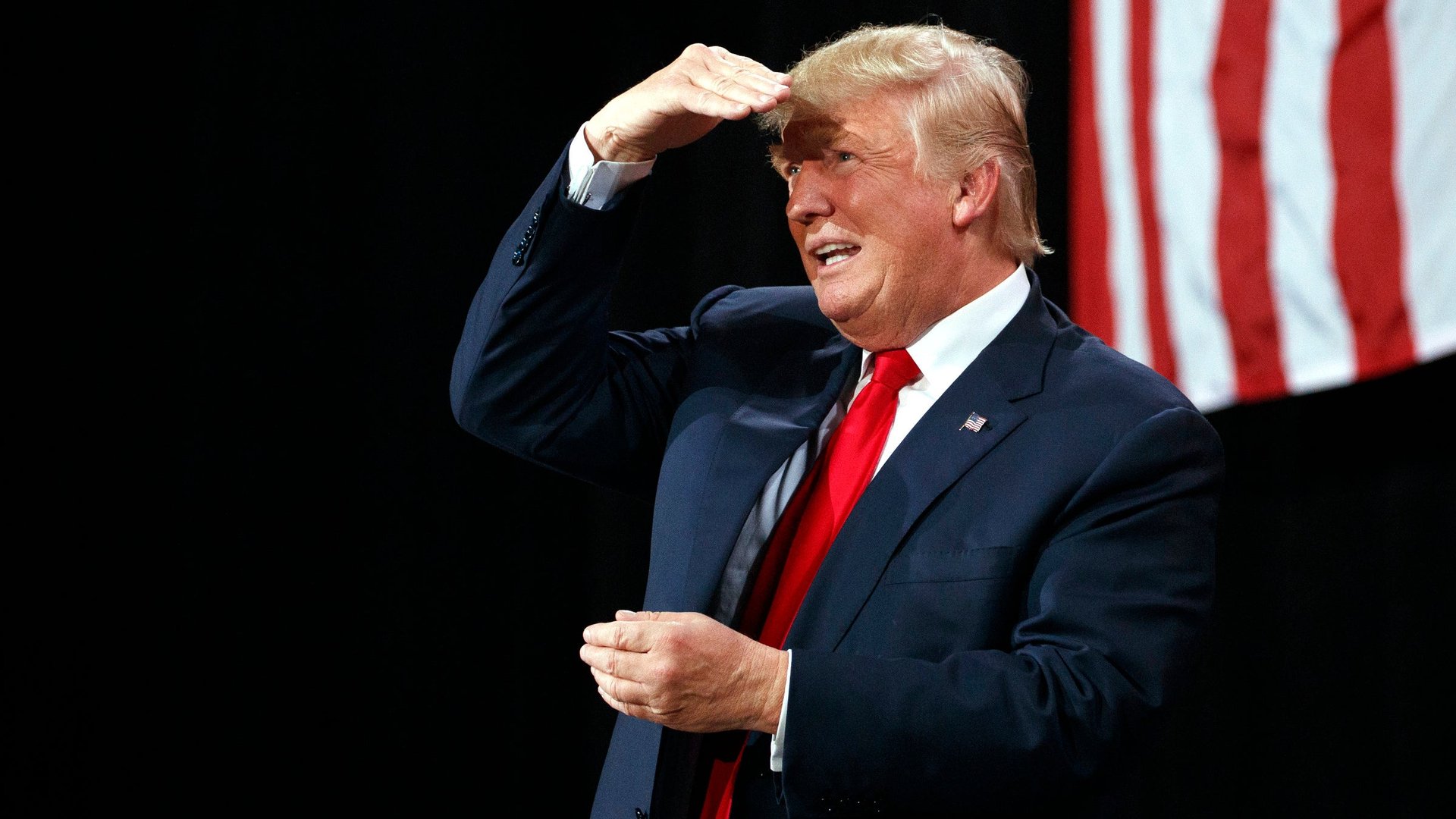Obamacare’s soaring premiums aren’t the disaster Donald Trump needs to win
The Obama administration has said what health care analysts have expected for a while now: Premiums for health insurance plans sold on government exchanges in the US are going up in 2017, by an average of 25% for a benchmark plan.


The Obama administration has said what health care analysts have expected for a while now: Premiums for health insurance plans sold on government exchanges in the US are going up in 2017, by an average of 25% for a benchmark plan.
It’s a huge huge headline number, and it briefly had reporters wondering why Republican presidential candidate Donald Trump wasn’t trying to use the price increases to his political advantage. But it’s hard to defend the public against premium hikes for federally mandated health coverage when you don’t believe in mandating health coverage to begin with, or if you doubt the figures the government provides about it—which Trump proved when he finally let loose on the topic today (Oct. 25).
“The number of 25% is nothing,” Trump told Fox News. “That is a lie, just like everything else,” he said, highlighting increases of 60% or even 80% in some states.
Back in reality, it is important to understand that while the premium increases reflect needed adjustments in still-young marketplaces, the premiums aren’t the real measure of affordability in markets designed for low-income buyers. Most people buying insurance on these exchanges are receiving subsidies, and officials expect their numbers to keep growing next year.
That’s why the US Department of Health and Human Services, which manages the federal insurance marketplace, stressed in its report (pdf) that most participants can still buy insurance costing less than $100 a month in the benchmark “silver” plan:
HHS also notes that the pricing is skewed by larger cost increases in the most comprehensive plans. The price for the median plan will increase by only 16%; the department also notes that if customers shop around on the online marketplace, they should be able to find average cost reductions of 20%. (Open enrollment for next year begins on Nov. 1.)
To truly assess the success or failure of the exchanges in 2017, we’ll need to wait until the end of the open enrollment period. Right now, HHS expects more than 1 million new people to enroll, for a total of 13.8 million next year. If that goal is met, and the actual premium increase after customers choose their plans is reasonable, it will be easy for Obamacare’s defenders to rally around the program.
But they cannot deny that the exchanges are failing to meet their ambitions. In 2013 (pdf), the government thought we would see 26 million people in the exchanges. Estimates have been tempered since then, but it looks like the exchanges will still fall short of the forecast made by Congressional budget analysts earlier his year (pdf), when they were expecting 15 million people to participate in 2017. That’s one reason why the cost of subsidies has been a dog that hasn’t barked: Because of the low enrollment numbers, the actual outlays wind up being less than expected.
This year, several major insurers pulled out of the marketplaces, saying that participants were costlier to cover than the companies had expected, which is a key reason we’re seeing premiums rise now. Meanwhile, 7 million Americans who could participate in the exchanges have not, because of either a lack of information or a belief they can’t afford it. Ironically, their lack of participation only exacerbates the cost problem, and the government is doubling down on outreach to bring them into the pool. And, in part because Congress rolled back plans to tax expensive group health insurance, more Americans are staying on employer-provided insurance than was expected.
All these growing pains are to be expected in any new market. But as insurers figure out how to do this business, a lack of options or affordability in different areas will increase pressure for new tweaks in the program, to make participation more attractive to patients and providers alike.
It should all be fodder for a very interesting conversation between Hillary Clinton and Paul Ryan early next year.